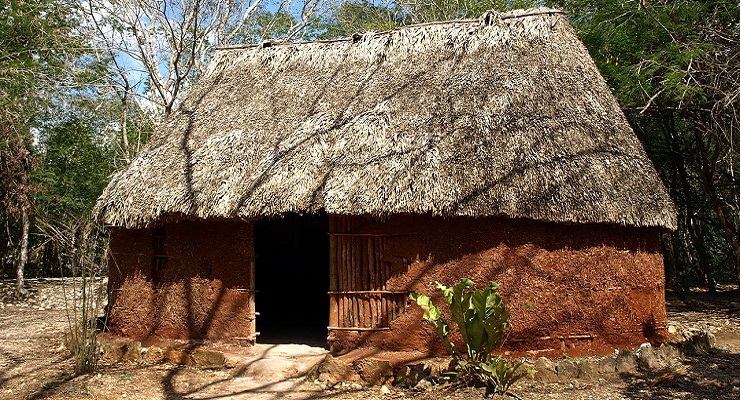
What causes inequality? A look back into ancient Maya houses shows that despotic governance is one of the sources of inequality. From Science Daily:
“Differences in house size are a reflection of wealth inequality,” says Amy Thompson, a postdoctoral researcher at Chicago’s Field Museum and corresponding author of the PLOS ONE study. “By looking at how house size varies within different neighborhoods within ancient cities, we can learn about wealth inequality in Classic Maya cities.”
There are millions of Maya people alive today, but the period that archaeologists refer to as the Classic Maya civilization dates to 250-900 CE. Classic Maya society stretched across what’s now eastern Mexico, the Yucatan Peninsula, Guatemala, Belize, and western El Salvador and Honduras, and it was composed of a network of independent cities. “Rather than being like the United States today where we have one central government overseeing all the states, Classic Maya civilization was a series of cities that each had its own independent ruler,” says Thompson.
Across Mesoamerica, these political systems varied — some shared power more collectively, while others were more autocratic and concentrated power in a smaller group of individuals. Archaeologists use a variety of clues to infer how autocratic a state was. “We look at the way they represented their leadership. In burials, are certain individuals treated completely differently from everyone else, or are the differences more muted?” says Keith Prufer, an author of the study from the University of New Mexico. “Another key is to look at palaces. When you have very centralized palace buildings or funerary temples dedicated to a ruling lineage , the government tends to be more autocratic. In societies that were less autocratic, it’s harder to determine where rulers lived or even who they were.”
Read the full article through this link.
Leave a Reply